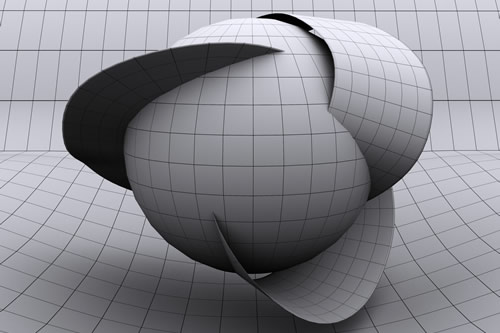Mental Ambidexterity in Strategic Thinking (MAST)
Be both Designer and Commander – how adopting an ambidextrous approach can optimise strategic thinking
Strategic management has classically been depicted as a science of rational decision-making, where the importance of analysis and planning is emphasised, and conducted by managers metaphorically portrayed as commanders - those who make the optimal choice from a set of alternative courses of action. Yet, as the rules of competition shift towards faster cycles and a blurring of industry boundaries, it would seem that traditional approaches to strategic problem solving are no longer sufficient.
Since the early 1990s, there has been a progressive departure from this view of strategy as a science managed by commanders, towards a view of strategic management as an art. An art of reinvention, vision, and rethinking pathways, overseen by managers characterised as designers, concerned with creating and exploring new alternatives.
Commander and designer are more than just metaphors. They represent two fundamental ways of thinking, which in turn become ways of ‘seeing’ and even feeling.
| A Commander mindset | A Designer mindset |
|---|---|
|
|
|
|
|
|
|
|
|
|
|
|
|
|
This combination of views is important, as the authors of MAST: Mental Ambidexterity in Strategic Thinking argue. For rather than trying to ascertain which perspective between the two is better, they argue the focus should be on incorporating a better balance between the two.
The authors introduce this notion of Mental Ambidexterity in Strategic Thinking (MAST) and define it as the ability to hold both views – both commander and designer – and utilise them simultaneously. MAST is a flexible, non-ideological, and fluid mode of cognition. At its core, it is characterised by switching flexibly back and forth between rational decision-making among alternatives, and the creation of new alternatives, between what is and what could be.
The article outlines three core principles that catalyse an individual’s adoption of MAST. These are:
- Reflective Consciousness
- Contingent thinking
- Poking into Ambiguity
The article concludes that for too long the command view of management has been given precedence over the design view, and now is the time for accepting the latter as complementary to the traditional, as indeed many strategy consulting firms are beginning to do. The Mental Ambidexterity in Strategic Thinking (MAST) concept offers a resolution between the two views that could reveal new strategic intuitions to receptive managers.
The article MAST: Mental Ambidexterity in Strategic Thinking is available for download at the link below.




